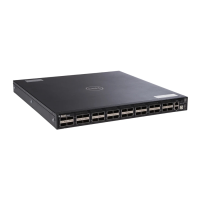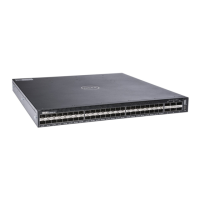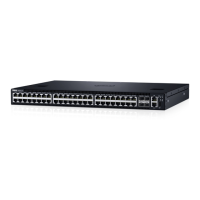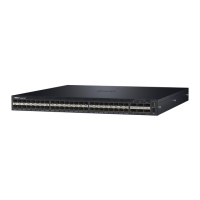management port. In this chapter, all the references to traffic indicate switch-initiated traffic and
responses to switch-destined traffic with management port IP address as the source IP address.
In customer deployment topologies, it might be required that the traffic for certain management
applications needs to exit out of the management port only. You can use EIS to control and the traffic
can exit out of any port based on the route lookup in the IP stack.
One typical example is an SSH session to an unknown destination or an SSH connection that is destined
to the management port IP address. The management default route can coexist with front-end default
routes. If SSH is specified as a management application, SSH links to and from an unknown destination
uses the management default route.
Protocol Separation
When you configure the application application-type command to configure a set of
management applications with TCP/UDP port numbers to the OS, the following table describes the
association between applications and their port numbers.
Table 33. Association Between Applications and Port Numbers
Application Name Port Number Client Server
SSH 22
Supported Supported
Sflow-Collector 6343
Supported
SNMP 162 for SNMP Traps (client),
161 for SNMP MIB response (server)
Supported
NTP 123
Supported
DNS 53
Supported
FTP 20/21
Supported Supported
Syslog 514
Supported
Telnet 23
Supported Supported
TFTP 69
Supported
Radius 1812,1813
Supported
Tacacs 49
Supported
HTTP 80 for httpd
443 for secure httpd
8008 HTTP server port for confd
application
Supported
366
Internet Group Management Protocol (IGMP)
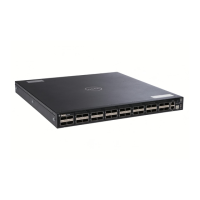
